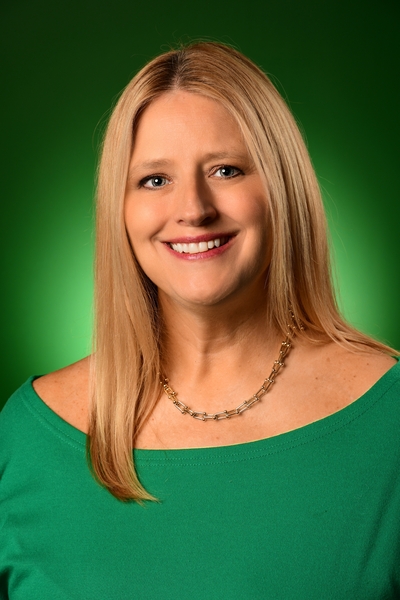


Destiny Hastings has called Marion home for the past nine years and is deeply invested in the community’s growth and success. She brings proven leadership and a strong record of public service, having served more than five years on the City of Marion Planning and Zoning Commission, including as both Vice-Chair and Chair. She also contributed her time and expertise as a member of the Uptown District Board of Advisors and Development Committee, the Airport Visioning Team and is a proud graduate of the Marion Leadership in Action program.
Beyond Marion, Destiny has held regional leadership roles, including serving as Chair of the Economic Alliance Community Development Council, where she championed initiatives that strengthened local economies and supported vibrant communities.
Professionally, Destiny is an Account Manager at Naylor Association Solutions, where she applies her diverse background in non-profit, education, and healthcare to support national and international professional associations. She holds a bachelor’s degree from Coe College, an MBA from Kaplan University, and will complete her Doctor of Education in Leadership from Saint Mary’s University of Minnesota in October 2025.
When she isn’t working or serving her community, Destiny enjoys attending local events, spending time with family and friends, and doting on her cat, Vivian.
My first priority would be to have conversations with the residents and businesses in our community to get a more in-depth understanding of their wants, needs, and challenges and see what I and the Council can do to assist.
Second, is to familiarize myself with the budget. Knowing what expenditures are associated with each line item is important in budget management.
Third, getting the aquatic center project to a solid place where it is ready to be put on the ballot for the residents of Marion to make an informed vote.
Marion has seen a great deal of growth in a short period of time, which is exciting! As we look to add to the population it is important that we have the infrastructure to support it. Emergency services, streets, sewer lines and more need to support that growth.
Collaboration with City department heads will be critical. As with any budget, you have to look at areas where spending could be reduced and ask lots of questions. Are there projects that can be delayed? Are there grants or private partnerships to be explored which could assist in achieving a specific objective? Are there contracts that can be renegotiated? A staff reduction, for me, would be the last place I would look to reduce costs. It would be the last resort.
In the five years I have served on the City of Marion Planning and Zoning Commission, housing for all sizes and income levels has been an ongoing topic of conversation. Community input needs to be part of the process. Listening to residents and transparency in planning ensures growth reflects Marion’s character while addressing affordability and access. My approach would be the same as I’ve taken the last five years: manage growth by balancing responsible development with long-term sustainability.
Marion has seen significant population growth in the last ten years and that has happened because of the intentional focus on quality of life. Projects like Lowe Park, Prospect Meadows, the Library and Central Park Plaza create spaces that all can enjoy. As a City Council member, it is my role to listen to the community and see what they want and need to support a healthy quality of life, see what fits into Marion’s long-term plan and identify gaps that may need to be filled.
My approach and ideas would be shaped by what the data says. Of course, numbers tell only part of the story and collaboration with leaders of communities throughout the county is critical. Because conversations have already started, I would review what has been proposed, what the pros and cons of each solution look like, and join the conversations armed with as much information as possible.
The aquatic center project is the largest and most expensive project the City has done. When surveyed, the community had 55% positive response to the project, which is not an overwhelming and confident “yes”. Having listened to the conversation during City Council working sessions, it is clear that more needs to be explored. The aquatic center will be busy, but for only a few months out of the year. What can be done to create a facility that can be used year-round? Are there partnerships that would allow for a lower cost to taxpayers? What else can be done on that land to create a destination space? With a project of this size, every avenue should be explored, and I don’t think it’s quite there yet.
